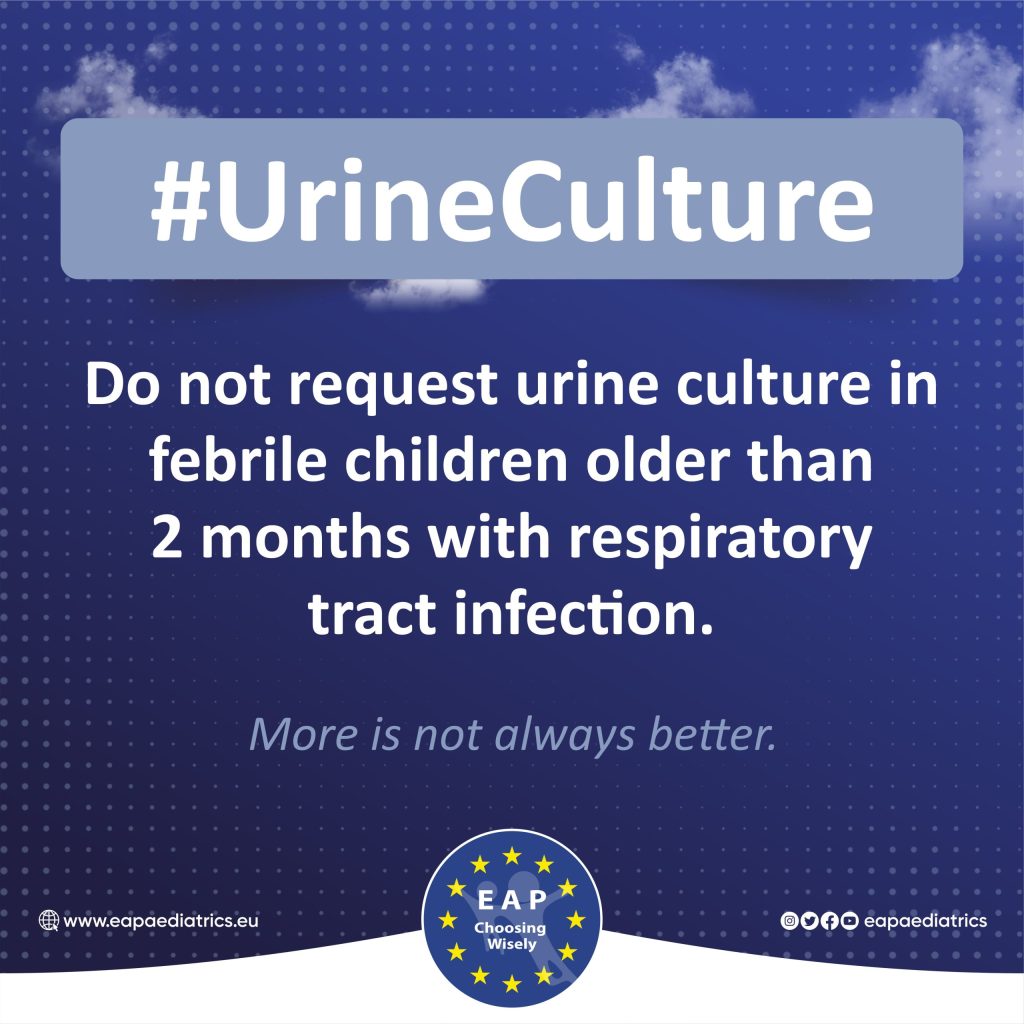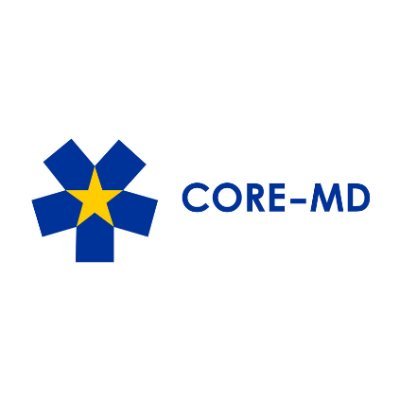
The likelihood of simultaneous respiratory and urinary tract infections in healthy pediatric patients beyond the neonatal period is notably low.
What is known about urine tests:
- False-positive outcomes in urine tests frequently stem from asymptomatic bacteriuria and urine sample contamination, potentially resulting in unnecessary antibiotic administration. This thereby imposes an additional burden for both patients and caregivers.
- Current guidelines discourage antibiotic prescription for asymptomatic bacteriuria in children, further advising against urine culture when the risk of false-positive results is substantial.
- Clinical judgment is warranted when requesting urine culture for children with risk factors for urinary tract infection or toxic appearance.
How to talk with patients and parents about urine tests:
- We know the source of the fever and, as professionals, we feel safe and confident about the diagnosis.
- Every test has a risk of error, meaning we could detect an infection that doesn’t exist and impose unnecessary antibiotic treatment on the child, with all the side effects that this would entail.
- We are open to reassessing the child in case the parents still have a doubt about the diagnosis in the following days.
This EAP recommendation is in accordance with Choosing Wisely recommendations of:
There are no Choosing Wisely recommendations about this topic. Two national guidelines outside of the CW-group endorse this recommendation:
References:
- Almojali AI, Alshareef MS, Aljadoa OF, Alotaibi FF, Masuadi EM, Hameed TK. The prevalence of serious bacterial infections in infants 90 days and younger with viral respiratory tract infections. Saudi Med J. 2022 Sep;43(9):1007-1012. PMID: 36104056
- Dahiya A, Goldman RD. Management of asymptomatic bacteriuria in children. Can Fam Physician. 2018 Nov;64(11):821-824. PMID: 30429177
- Nicolle LE, Gupta K, Bradley SF, Colgan R, DeMuri GP, Drekonja D, Eckert LO, Geerlings SE, Köves B, Hooton TM, Juthani- Mehta M, Knight SL, Saint S, Schaeffer AJ, Trautner B, Wullt B, Siemieniuk R. Clinical Practice Guideline for the Management of Asymptomatic Bacteriuria: 2019 Update by the Infectious Diseases Society of America. Clin Infect Dis. 2019 May 2;68(10):e83-e110. PMID: 30895288
- Patel N, Al-Sayyed B, Gladfelter T, Tripathi S. Epidemiology and Outcomes of Bacterial Coinfection in Hospitalized Children With Respiratory Viral Infections: A Single Center Retrospective Chart Review. J Pediatr Pharmacol Ther. 2022;27(6):529-536. PMID: 36042958
- Purcell K, Fergie J. Concurrent serious bacterial infections in 2396 infants and children hospitalized with respiratory syncytial virus lower respiratory tract infections. Arch Pediatr Adolesc Med. 2002 Apr;156(4):322-4. PMID: 11929363

